Marco Polo was the most famous Italian traveler in the world. He reached China along the Silk Road, returned to Italy, and wrote Il Milione, a very long account of his travels in Asia, still considered today the masterpiece of travel literature. Marco Polo knew ten languages and remained for almost 17 years in the service of the court of Kubali Khan, the greatest oriental ruler of the time.
This year, on 8th January 2024, we celebrate the 7 centuries since his death, which took place in Venice as his birth. The city of Venice is inextricably linked to the life of Marco Polo. In this article we will take you to Marco Polo's Venice, on a perfect tour in the traveler’s footsteps.

Marco Polo's Venice: tour in the traveler’s footsteps
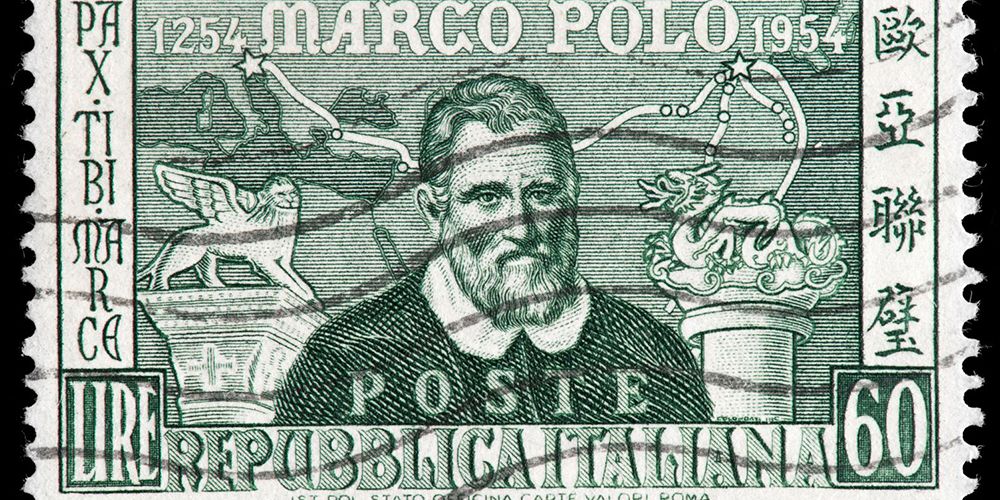
Marco Polo was born in Venice in 1254, from the windows of his house, in an ancient Venetian palace, he wondered how big the world was and observed the incredible swarm of travelers who crossed the 13th century lagoon every day. Our tour will start from the house where he was born, from there we will take you on foot to Piazza San Marco, imagining what medieval Venice was like, populated by merchants from all over the world and explorers.
Right in Piazza San Marco there is the Marciana National Library, where the Venetian merchant's will is kept. Another obligatory stop will be the Correr Museum, nearby, where a Chinese-made wooden sculpture is preserved, a copy of a statue of the famous traveler. A final stop will be dedicated to the Church of San Lorenzo, where Marco Polo is buried. Discover Marco Polo's Venice with us, continue reading and start your tour in the footsteps of the traveler.
Marco Polo and Venice
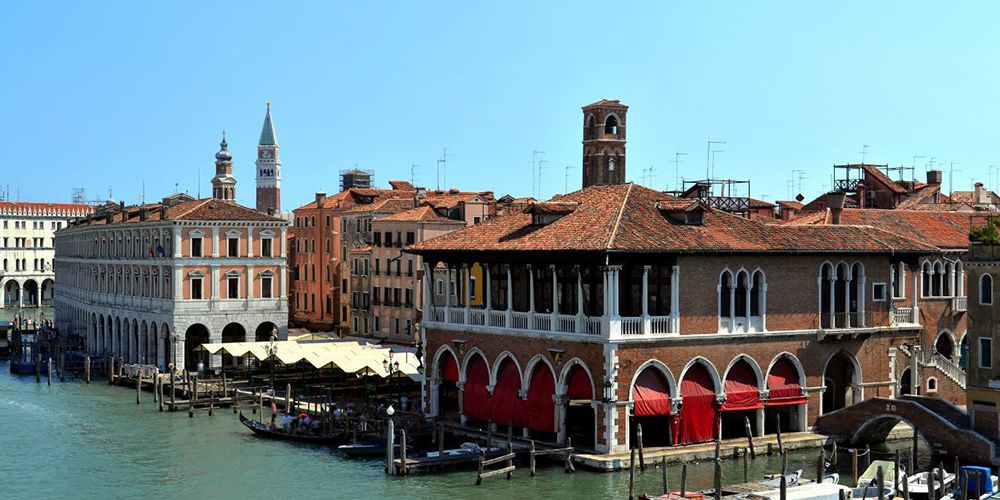
Venice is an extraordinary city, which offers many itineraries, so as not to get lost you have to choose the right one. Given that this year marks 700 years since the death of the great traveler, a suggestive idea could be to decide to undertake a tour of Marco Polo's Venice. Marco Polo belonged to a family of traders and travellers, and it was with his father and uncle that he undertook his first journey at just 17 years old. In the Middle Ages, many travelers passed through Venice and Marco Polo was not the first to have traveled towards the East, but he was the first to draw up a very detailed travel report, the Milione, which influenced many people, including Christopher Columbus.
It is therefore Venice that arouses his interest in travel and in the knowledge of other cultures, it is here that he takes his first steps, near the Rialto bridge, in the heart of the city, a stone's throw from the Rialto market, to immerse yourself in the atmosphere, a visit to this market is highly recommended. Venice is an easy city to get around on foot and so did the young Marco Polo, he went to the end of the lagoon to scan the sea waiting for his father's return. Marco Polo was a meticulous, pragmatic, and idealistic traveler, to this character we owe the Milione, written under dictation during his stay in the prison of Genoa, it was Rustichello da Pisa, his cellmate who lent himself to write. Let's now start the tour of Marco Polo's Venice.
Marco Polo's house
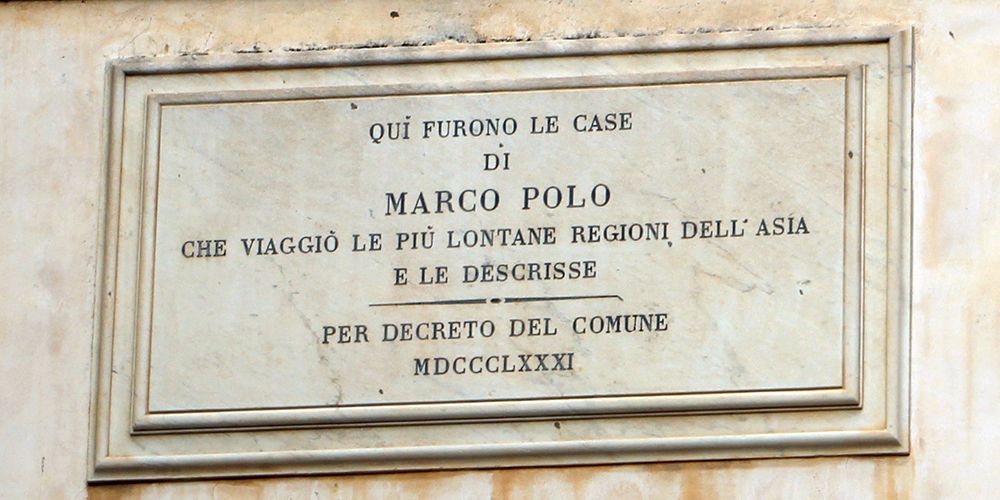
Our tour of Marco Polo's Venice starts from the corte seconda del Milion 5852, the medieval court where Marco Polo was born, the square takes its name from the Milione in honor of the famous traveler, we are in the Cannaregio district. It is an ancient palace squeezed between other buildings, with Gothic arch windows, if you don't know of its existence it is easy to walk past it without giving it the right attention.
Here you will find a plaque: Here were the houses of Marco Polo, who traveled the most distant regions of Asia... we can well assume that Marco Polo's house was much larger than this single building and included other palaces, such as the adjacent one Malibran Theatre. The city of Venice has also named its airport and a classical high school after its illustrious citizen. The interior of the house cannot be visited, but from the outside it will take you back to the past.
Marco Polo's will: Marciana National Library
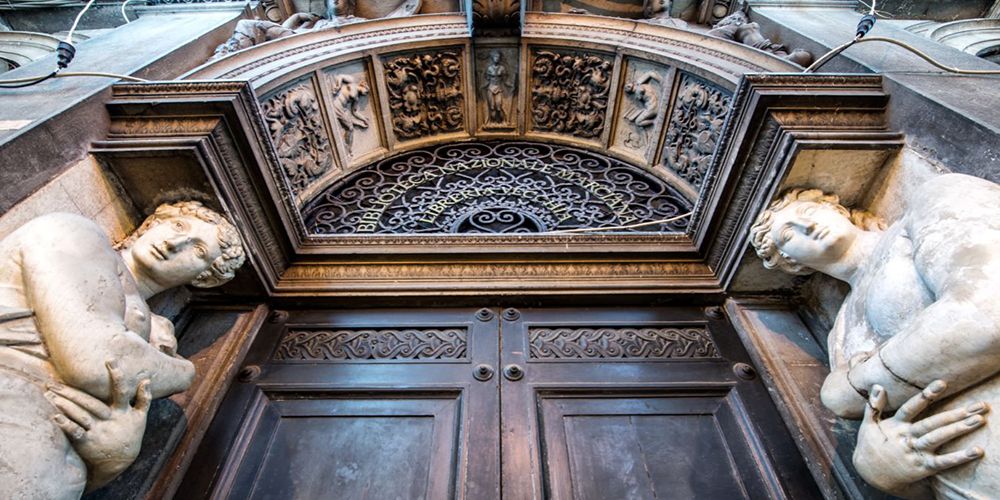
Walk to Piazza San Marco, the second stop on our tour of Marco Polo's Venice is The Marciana National Library. Marco Polo's will is preserved here, a fascinating and precious manuscript on sheep's parchment, dated 1323, according to the calendar then in force in the Serenissima Republic.
The will was crucial for reconstructing the history of the Venetian merchant, probably drawn up by a notary of the time, within the text reference is made to Marco Polo's wishes. It is surprising to discover extreme generosity when one reads of the desire to grant liberation to one's slave of Tartar origins, who in the same document also receives the donation of a property. The visit to the Marciana Library is included in the Venice Pass, which we recommend to make your visit more practical, in the spirit of the pragmatic traveler. Access to many Venetian attractions in a single click.
Discover moreOn the trail of Marco Polo: Correr Museum
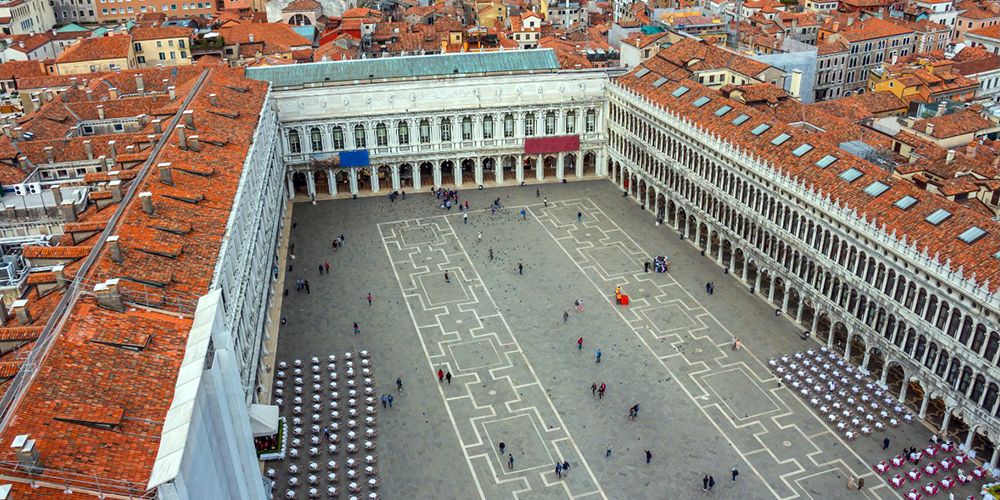
Our tour on the trail of Marco Polo's Venice continues in the adjacent Correr Museum, a museum that offers many exciting itineraries to discover the art and history of Venice. Among the ancient and rare finds in this museum, you will find a wooden sculpture of Chinese manufacture, a nineteenth-century copy of a statue of the famous traveler located in the Temple of the Five Hundred Gods in Canton, China.
This find is extremely important because it is the oldest artefact that gives us the appearance of the traveler, of which not many images have survived. The Correr Museum is also within the Venice Pass.
Marco Polo's tomb: church of San Lorenzo
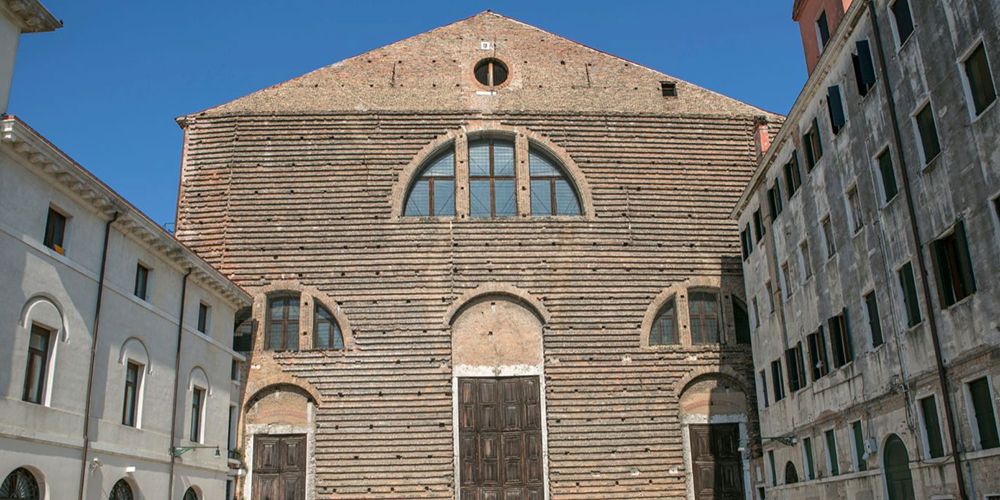
The last stop of our tour on the trail of Marco Polo's Venice is the church of San Lorenzo, we are in the Castello district, in a field that bears the name of the church. It is a place of silence; you will find the peace that sometimes escapes in the most famous streets and walkways. This church is considered the final resting place of Marco Polo who died on 8 January 1324. In his will he asked to be buried there, together with his father and uncle.
This church was the first monastery of Benedictine nuns reserved for the patriciate, over time the church and the convent have undergone various restoration works and modifications, due to this the plaque has been lost over the centuries. Our tour on the trail of Marco Polo's Venice ends here, Venice awaits you.
About the author
Written on 08/01/2024

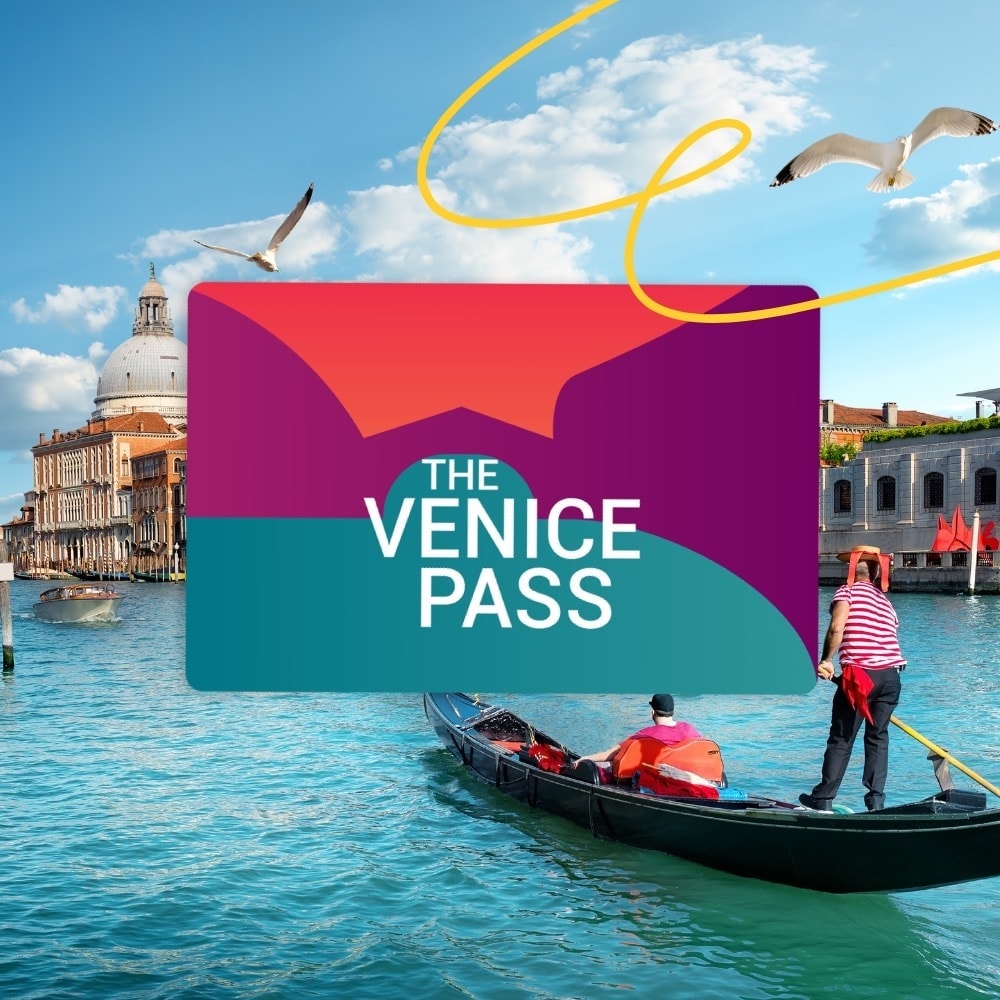
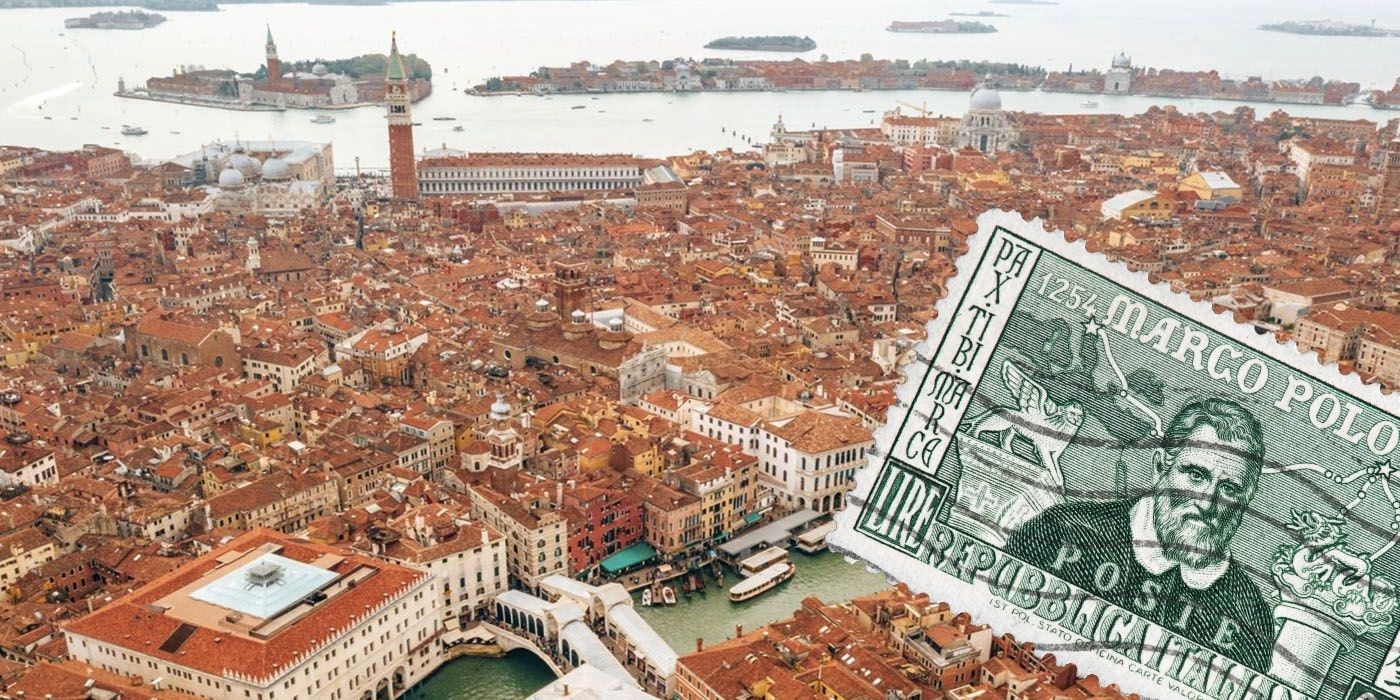

Chiarastella Campanelli
A tour to discover Marco Polo's Venice. The Venetian explorer who reached the East in one of the most exciting journeys in history.